
- Be mindful of decorations and props
-
-
- Keep wires and battery packs out of reach
- They can be tempting chew toys for curious pets and result in possible life-threatening burns or other complications if consumed
- Candles should be placed out of reach at the risk of being burnt and causing a fire
- Pumpkins can be safe in small doses if freshly cooked
- However, uncooked and potentially moldy pieces of pumpkin can result in gastrointestinal problems and even neurological issues in cats and dogs
- Although the liquid in glow sticks if often non-toxic; it can lead to excessive salivation, erratic behavior, and vomiting
- If consumed, carefully wash your pet’s mouth with fresh water and clear the material away as best you can
- Keep wires and battery packs out of reach
-
- Be careful with costumes
-
-
- Though costumes are cute, your pet’s comfort and safety should be a top priority
- Choose the costume wisely
- Avoid costumes with rubber bands and toxic materials
- Be sure your pet is comfortable and does not become constricted or annoyed with pieces of his costume
- Costumes should not restrict movement, hearing, sight, or ability to breathe
- Take your time
- Allow your pet to wear the costume prior to the big night and become adjusted
- If your pet seems distressed, consider letting him go without one
- Pets wearing costumes should be supervised at all times so if something goes wrong, it can be quickly remedied
-
- Put away the candy
-
-
- Do not feed your pet Halloween candy
- Chocolate
- Properties within cacao seeds that are used in chocolate are often toxic to non-humans
- When ingested a pet may experience diarrhea, heavy panting, extreme thirst, rapid heart rate, seizures, and even death
- Dark chocolate is more toxic than milk chocolate or white chocolate, but all forms of chocolate pose dangers to your pet
- Properties within cacao seeds that are used in chocolate are often toxic to non-humans
- Xylitol
- Xylitol is a sweetner often used in gum and candy, as well as baked goods and toothpaste
- It can also be found in sugar-free products
- Xylitol, when ingested, may cause rapid insulin release leading to liver failure and rapid drops in blood sugar levels
- Xylitol is a sweetner often used in gum and candy, as well as baked goods and toothpaste
- Chocolate
- Do not feed your pet Halloween candy
-
- Place your pet in a safe location
-
-
- The constant opening and closing of doors, ringing doorbells, and general noise associated with groups of approaching people can be stressful and confusing to some animals
- Even the most social pets can become fearful and agitated during a stressful night
- Reduce the potential stress by placing your pet in a safe and secure area where he will be comfortable
- Keep your pet indoors if possible
- Vicious pranksters have been known to tease, harass, steal, injure, and even kill animals on Halloween
- Protect your pet by placing him safely indoors
- Black cats are especially at risk on Halloween, oftentimes shelters do not adopt black cats out during the month as a safety precaution for the animal due to the stigma of black cats
- The constant opening and closing of doors, ringing doorbells, and general noise associated with groups of approaching people can be stressful and confusing to some animals
-
- Make sure your pets have proper IDs
-
- If your pet should escape into the night, it is important to have proper identification to increase the chance that he will be returned to you
- Collars and tags with your contact information are helpful if your pet is picked up
- Microchips with up-to-date information also offer your pet a permanent form of identification should his collar or tag be removed.
These simple precautions will help humans and their non-human counterparts have a safe and happy holiday evening. If your pet comes in contact with any unknown or toxic substances, contact ASPCA Animal Poison Control Center: (888) 426-4435. For more tips on how to make Halloween a less stressful night for your pet, contact Bed ’n’ Biscuits.

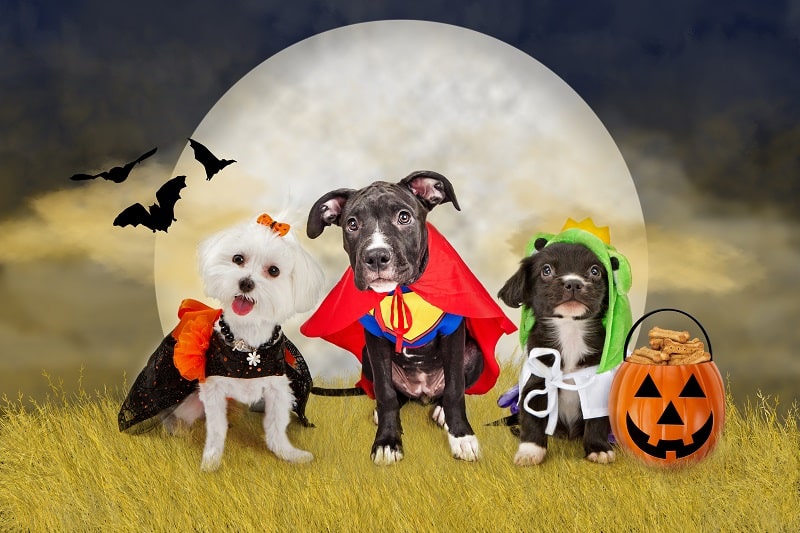
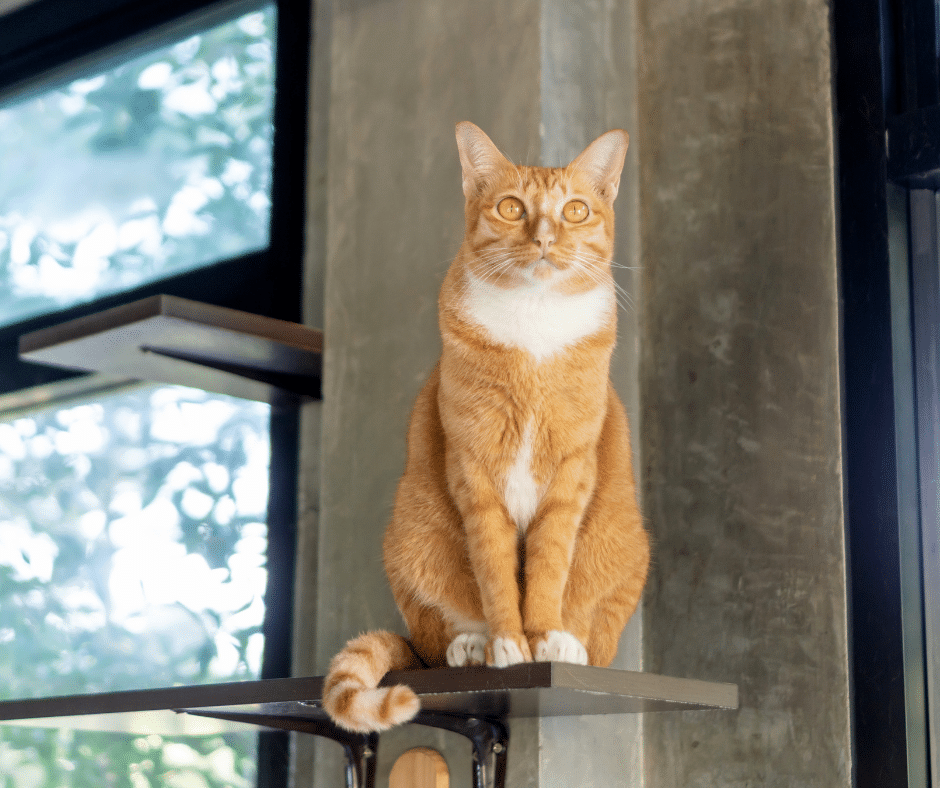
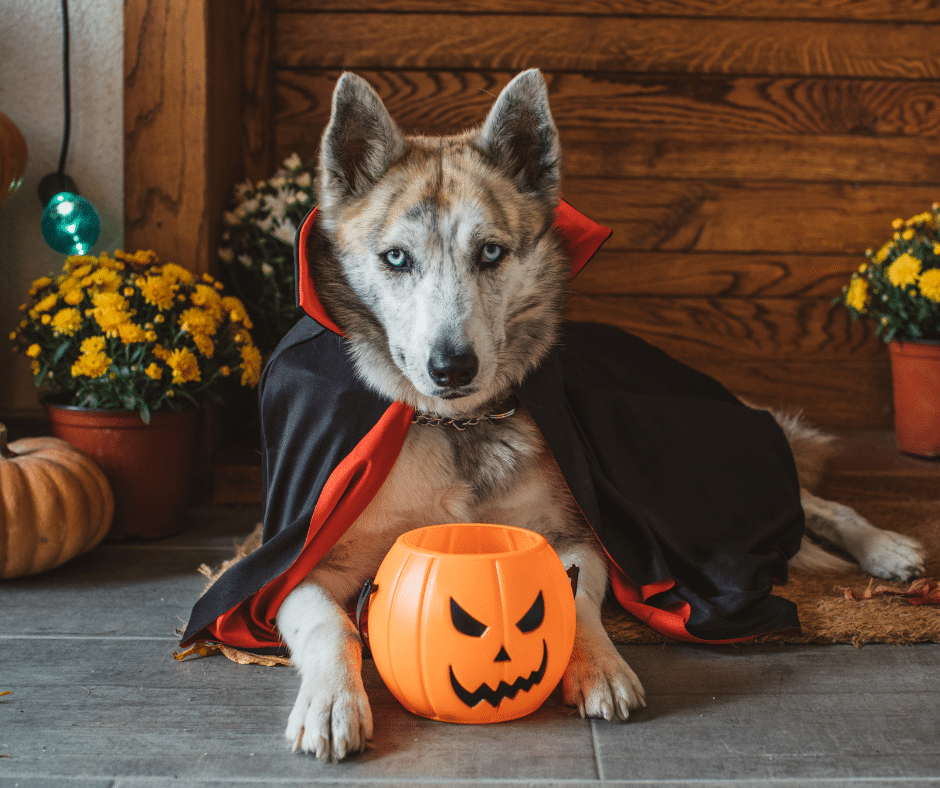
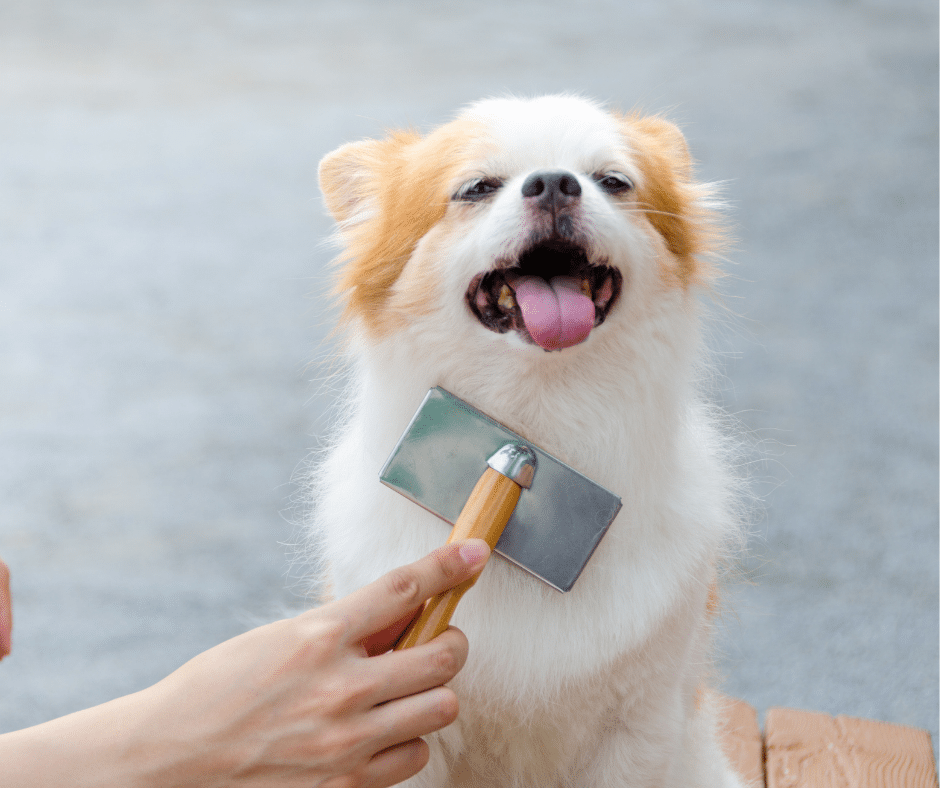

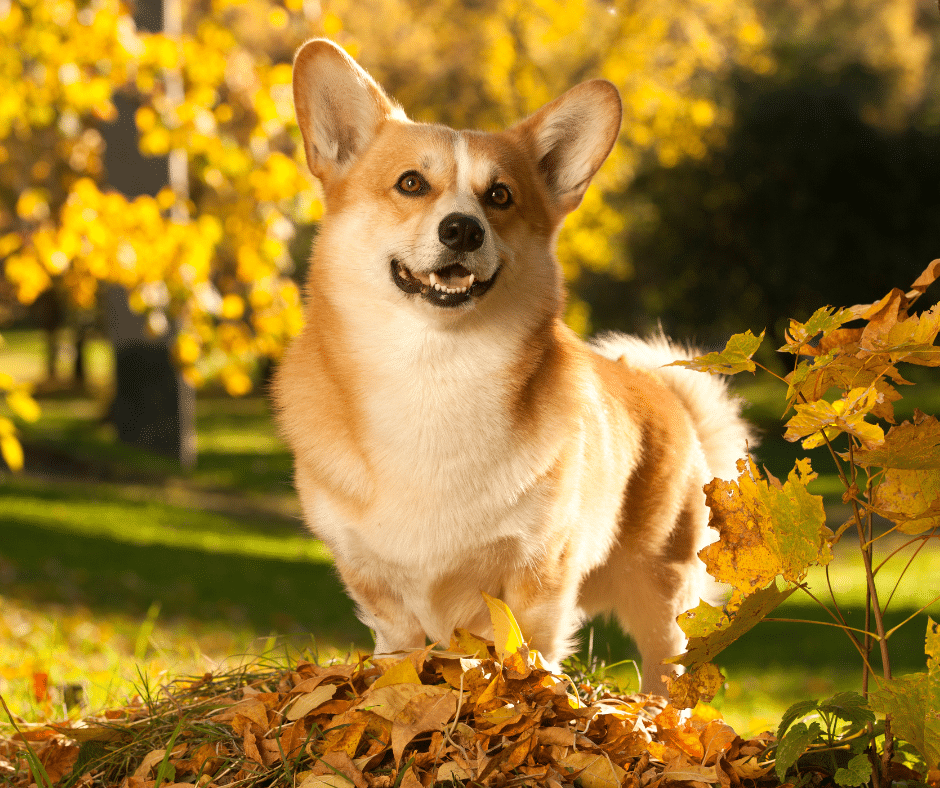
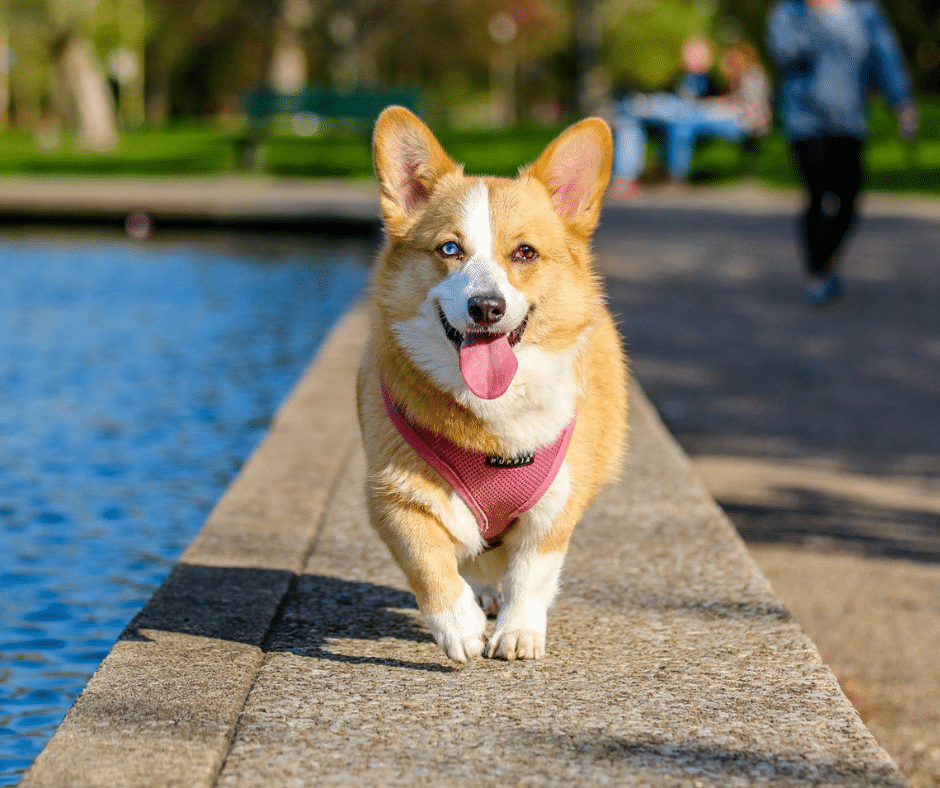
Recent Comments